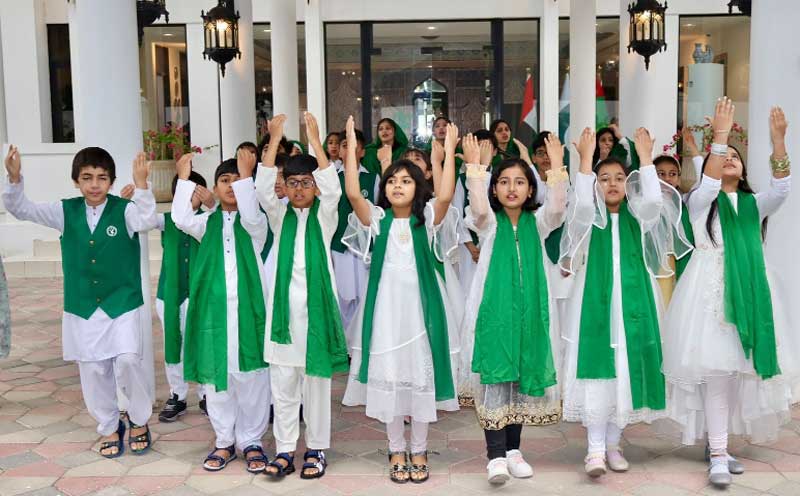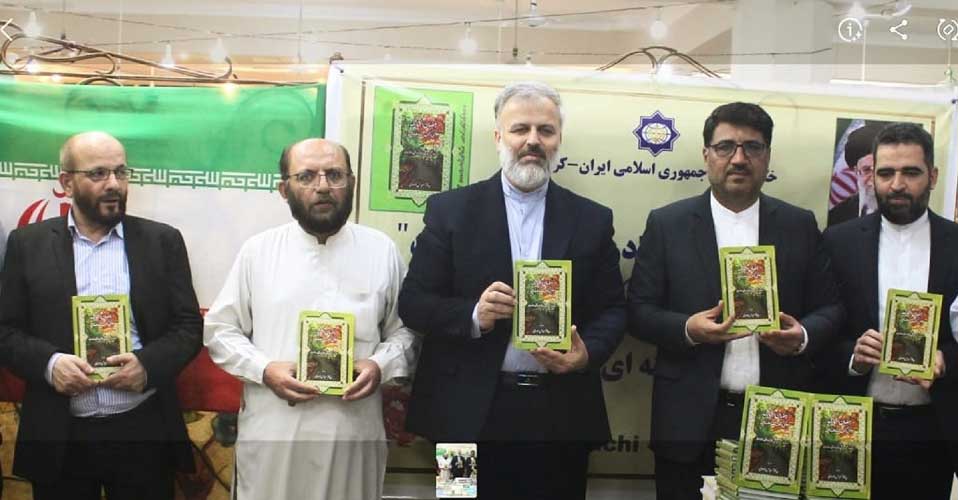Xinjiang is a historical part of China with international and historical significance for the whole world. Xinjiang is currently part of the US media propaganda campaign that is being used against China. In historical background in 1912 as a response to the Revolution of 1911, Xinjiang become a province of the Republic of China. In 1st October 1949, the People’s Republic of China was founded and Xinjiang was liberated peacefully. In 1955, the Xinjiang Uygur Autonomous Region was established under the umbrella of Communist Party of China. All ethnic groups in Xinjiang United and worked with other groups across the country, opening a period of unprecedented prosperity for the region
The Chinese government is busy in the development and improvement of Xinjiang. While stories circulate in the media about Xinjiang, the truth behind these events is often unknown to people. Media tends to sensationalize certain issues, leading to misconceptions. When the Belt and Road Initiative (BRI) began in 2013, European and Indian media propagated a narrative about numerous issues faced by Muslims in Xinjiang, painting a bleak picture compared to the rest of China.
Alongside such news, there was also much discussion about restrictions on Muslims living there. During my visit to China in December 2019 seeing so many staff members in Islamic dress, and women busy with their daily lives wearing hijab, raised a particular point of interest but observing men in this hotel adhering to the Sunnah in their daily lives made one wonder why research isn’t conducted on the lives of Chinese Muslims and why facts aren’t presented to Pakistani brothers and sisters. Xinjiang is a region predominantly inhabited by Muslims and connects with many countries around the world, including Pakistan. As part of the Chinese government’s efforts to ensure equal and unbiased access to basic rights for residents, initiatives have been implemented to improve the lives of workers. This includes providing suitable resources at the local level for businesses to thrive. In this region, special attention is being given to vocational training, along with the establishment of institutions for modern scientific disciplines, enabling people to acquire new skills and stand on their own feet. From 2018 to 2022, the National Congress of the Communist Party of China brought major projects to this region for the working class, aiming to align people’s skills with the demands of the time. The Chinese government initiated the 13th Five-Year Plan to provide training for people about the future, establishing training centers to assist in selecting the best jobs for individuals.
From 2014 to 2019, the total number of people employed in Xinjiang rose from 11.35 million to 13.3 million, an increase of 17.2 percent. The average annual increase in urban employment was more than 471,200 people (148,000 in southern Xinjiang, accounting for 31.4 percent); and the average annual relocation of surplus rural labor was more than 2.76 million people, of whom nearly 1.68 million, or over 60 percent, were in southern Xinjiang. The techniques of the workforce have also been developed according to modern demands to improve the quality of life, senior government initiatives have been taken to enhance the standards of universities, colleges, and schools in the region. This can be estimated from the number of students. In 2019, there were 453,800 full-time students studying at universities and colleges (an increase of 146,200 over 2014), and 1.84 million students studying at secondary schools (an increase of 147,600 over 2014). Various vocational trainings were provided between 2014 and 2019, leading to an increase in people’s sense of security and observable changes in their lifestyles.
In 2012, significant attention was given to the construction of economic zones and development in this region. An economic zone was established here, and since the initiation of the Belt and Road Initiative in 2013, the region become as a key point of CPEC. Hopefully, the China-Pakistan Economic Corridor (CPEC), which connects China to Gwadar, the gateway to 60% of the world’s blessed trade goods, will further strengthen the ties between Gwadar and China.
The year-round operational benefit of Gwadar Port is more advantageous for China because previously, goods traveling through Shanghai would often face delays due to adverse weather conditions, resulting in significant losses for China. However, with no obstacles along the route to Gwadar, China’s economic development will increase. In this entire chain, the role of Xinjiang is crucial. Observing China’s efforts, it is evident how sincerely China is pursuing progress and development. On the other hand, the United States is trying to turn Muslim countries into Muslim enemies, as seen in their alliance with India. Observing American-Indian collaboration raises concerns about the extent of their fear.
While there has always been propaganda surrounding Xinjiang’s affairs, portraying it as a Chinese stronghold and highlighting Chinese influence, a few days ago, I happened to watch a documentary about Xinjiang. It showcased the tremendous progress made in infrastructure, educational institutions, and training centers in Xinjiang, indicating that the region is experiencing rapid development. The success and progress of Xinjiang also serve as a powerful slap on the face of America and its propaganda allies. It’s evident that China, especially in Xinjiang, is fully committed to development and construction, just like other regions in China. Because the steps China is taking for the development of Muslims in Xinjiang are commendable, we should openly discuss these initiatives in newspapers and media so that our neighboring country, our friend, our brother China who stands by us in every situation and difficulty, knows that whenever propaganda is spread against them, we will strive to debunk it and convey our thoughts to the public in order to counter that propaganda.
Because those who especially go to China should fulfill the obligation of what they see, especially when a large number of Chinese Muslim are in Beijing, just like the rest of the Chinese, busy with their daily work. So, such propaganda is completely baseless; there is no truth or reality in it.
Xinjiang serve as a powerful slap on the face of America and its propaganda allies




